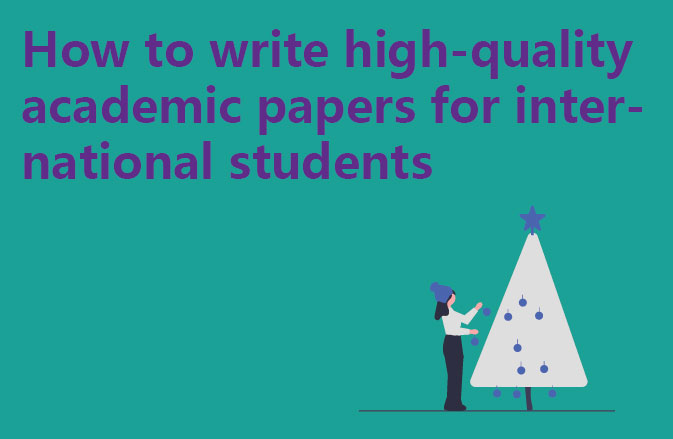Are you busy preparing an initial version of an academic paper? Now you may be really a little anxious? Don’t worry, I want to share with you a few tips on writing academic papers, and I hope they can inspire you.
Step one, don’t rush to write. Many people like to write an abstract first, and then extend it to the whole paper. However, this is not ideal, but it will make you unclear in the subsequent presentation. It is more energy-saving to determine the general structure of the paper first, and then gradually improve the beginning and end. Only in this way can you better grasp the context of the paper and make it more organized.
The second step is to study the relevant literature in depth. Before writing the first draft, it is very important to know the literature related to the topic of the paper. When reading literature, you should pay special attention to those materials that are closely related to your research field, and carefully try to figure out their thinking patterns and the way of connection between paragraphs. At the same time, write down good ideas, theories and paragraphs in order to stimulate your inspiration and find more application scenarios.
The third step is to establish the overall framework of the paper. Although some tutors may not force students to submit a complete outline, this step is still crucial. With the guidance of the framework, your writing process will become smoother and the structure will be clearer, thus avoiding the risk of digression.
The fourth step is to organize the papers in a certain logical order. For undergraduate papers, it is generally suggested to organize them in the following order: abstract → introduction → theoretical overview → current situation analysis → problem explanation → countermeasure conclusion. You can choose two or three documents related to the theme as reference, and make appropriate adjustments and modifications according to the actual situation.
The fifth step is to enrich the main content of the paper. After the introduction, you need to further enrich other main contents. Through in-depth analysis and induction of the special environment and problems faced by the research object, explain your unique theoretical perspective, and combine with actual cases to deduce the conclusion of the paper or provide targeted countermeasures and suggestions, so as to highlight the substantive contribution of the research.
Step six, write a summary. The function of this paper is to summarize the core content of this paper. Here, you need to briefly introduce the background, draw out the key issues to be studied, explain the methods and means used in the research, summarize the research results, and finally draw a conclusion. The length of the abstract should be controlled within 300 words.




